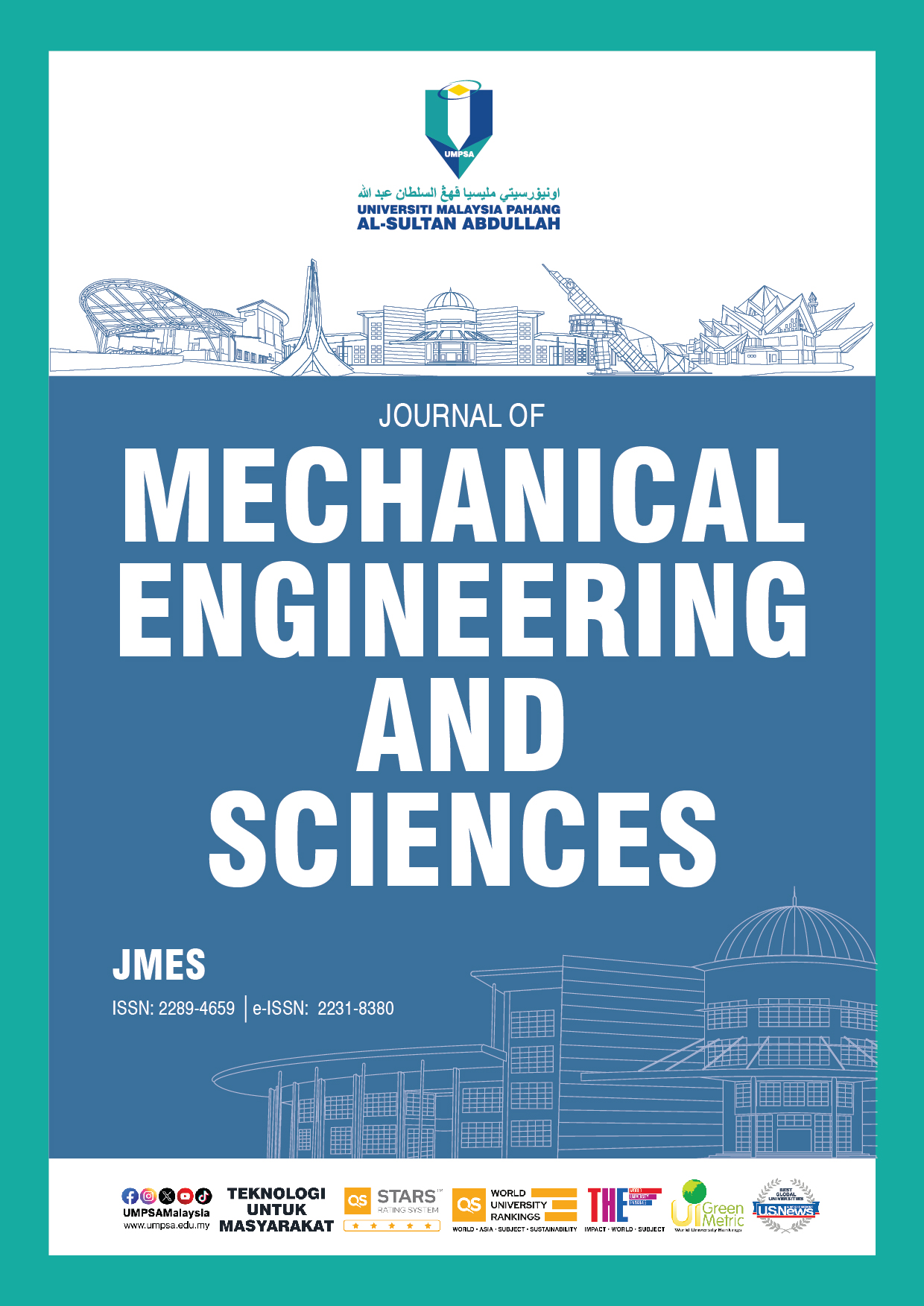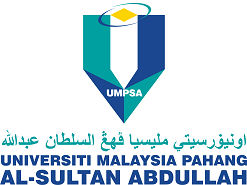A study on 3D printing usage among Malaysian users
DOI:
https://doi.org/10.15282/jmes.17.2.2023.7.0751Keywords:
3D printing, Usage study, Malaysia, Fused deposition modellingAbstract
In this research, the use of three-dimensional (3D) printing among Malaysian users was studied. The aim of the research is to establish the demographics and use of 3D printing in Malaysia. A questionnaire was distributed among 3D printing users during a 3D printing webinar and via social media groups consisting of 3D printer users. For the demographic section, 74 males and 8 females responded to the questionnaire, with more than 90% of the respondents have tertiary education. 39% of the respondents are from Greater Klang Valley, and 33% of the respondents are self-employed. The highest application of 3D printing is for hobby (i.e., 67% of the respondents), while the highest response for experience in 3D printing is 28% with 1–3 years of experience. Creality 3D printer brand is the most selected printer brand, with 64.7% of the respondents using the brand. 33% of the respondents used the printer at a heavy usage rate of 5 days per week, which is the highest response. For the material used, 85.4% of the respondents agreed that they normally used polylactic acid, while 79.3% of the respondents selected Cura as the most used software. Furthermore, 79.3% of the respondents stated that the infill percentage setting as the most changed setting, while 63.4% of the respondents agreed that bed levelling is the most common problem in 3D printing. In the opinion section, most of the respondents believed that 3D printing technology is still new and should be taught in schools. Based on the results, the research has successfully established the demographics and usage among 3D printer users in Malaysia.
References
EPU Malaysia, “Dasar revolusi perindustrian keempat (4IR) negara,” Unit Perancang Ekonomi,Jabatan Perdana Menteri, Accessed: Dec. 09, 2022 [Online]. Available: https://www.epu.gov.my/sites/default/files/2021-10/4IR_BM_0.pdf
3D Systems, “Stereolithography (SLA) 3D printing: Overview 3D systems,” Accessed: Dec. 09, 2022 [Online]. Available: https://www.3dsystems.com/stereolithography.
M.A. Wagner et al., “Fused filament fabrication of stainless steel structures -from binder development to sintered properties,” Additive Manufacturing, vol. 49, p. 102472, 2022.
E. Sells, Z. Smith, S. Bailard, A. Bowyer and V. Ollive., “RepRap: The replicating rapid prototyper -maximizing customizability by breeding the means of production,” Handbook of Research in Mass Customization and Personalization, vol. 7, no. 1, pp. 568–580, 2009.
A. Pant et al., “3D food printing –Asian snacks and desserts,” Materials Today: Proceedings, vol. 70, pp. 611 –615, 2022.
Y. Arii and K. Nishizawa, “Tofu is a promising candidate for the development of an edible 3D-printing ink,” Journal of Food Engineering, vol. 337, p. 111249, 2023.
C. Clermont et al., “The influence of midsole shear on running economy and smoothness with a 3D-printed midsole,” Sports Biomechanics, vol 22, no. 3, pp. 410-421, 2022.
M. Quanjin, M. R. M. Rejab, M. S. Idris, S.A. Hassan, and N. M. Kumar, “Effect of winding angle on the quasi-static crushing behaviour of thin-walled carbon fibre-reinforced polymer tubes,” Polymers and Polymer Composites, vol. 28, no. 7, 2020.
M. Quanjin, M. R. M. Rejab, M. S. Idris, M. N. M.Merzuki, and H. Shaoliang, “Compressive properties on the spherical-roof contoured-core cell with different amounts of diamond-shaped notches,” in IOP Conference Series: Materials Science and Engineering, vol. 788, p. 012049, 2020.
Q. Ma, M. R. M. Rejab, S. Kang, M. S. Idris, and M. A. A. M. Zin, “The energy-absorbing characteristics of single spherical-roof contoured-core (SRCC) cell with composite materials,” International Journal of Automotive and Mechanical Engineering, vol. 17, no. 4, 2020.
M. A. H. M. Adib, M. H. A. Rahim, I. M. Sahat, and N. H. M. Hasni, “Pediatrics technology applications: Enhance the Bilirubin Jaundice (BiliDice) device for Neonates using color sensor,” Lecture Note in Electrical Engineering, vol. 730, pp. 839 –847, 2022.
M. A. H. M. Adib et al., “Development of Physiotherapy-Treadmill (PhyMill) as rehabilitation technology tools for kid with Cerebral Palsy,” vol. 730, pp. 829 –838, 2022.
N. A. K. Rosli, M. A. H. M. Adib, N. N. M. Sukri, I. M. Sahat, and N. H. M. Hasni, “The CardioVASS heart model: Comparison of biomaterials between TPU Flex and soft Epoxy Resin for biomedical engineering application,” 2020 IEEE-EMBS Conference on Biomedical Engineering and Sciences (IECBES), Langkawi Island, Malaysia, pp. 224-229,2021.
N. A. K. Rosli, M. A. H. M. Adib, I. M. Sahat, N. N. M. Sukri, and N. H. M. Hasni, “Comparative study between TPU Flexible and soft Epoxy Resin materials on development of heart model for CardioVASS device,” Lecture Note in Mechanical Engineering, pp. 913 –931, 2021.
A. Păcurar, A. Păcurar, A. Tomşea, C. Vilău, E. Guţiu, And R. Păcurar, “Designing and manufacturing of an ankle Orthosis using 3D printing technology,” Acta Technica Napocensis -Series: Applied Mathematics, Mechanics, and Engineering, vol. 64, no. 4, 2021.
J. Nazir, Buku Panduan Reka Bentuk dan Teknologi, 1stEd. Kementerian Pendidikan Malaysia,2019.
Downloads
Published
Issue
Section
License
Copyright (c) 2023 Universiti Malaysia Pahang Publishing

This work is licensed under a Creative Commons Attribution-NonCommercial 4.0 International License.






